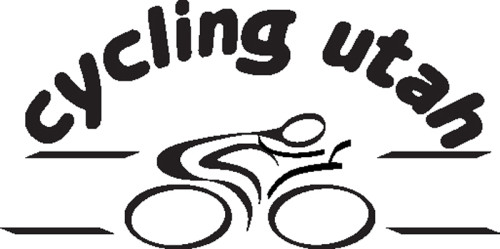Advocacy groups across the nation have been vigorously encouraging women to ride bicycles over the last few years. From the League of American Bicyclists (LAB) with its Women Bike campaign on down to the local level, groups are doing everything from sponsoring rides for women to encouraging them to commute and repair a flat.
We all know that. But now a LAB report is calling on bike shops, and not just advocacy or women’s groups, to carry the torch for the female cyclist. It not only will encourage the cause of bicycling – it’s good business to attract half the potential clientele who don’t as frequently patronize bike shops, says Bike Shops for Everyone: Strategies for Making Bike Retail More Welcoming to Women. Liz Cornish, who until recently served as LAB’s Women Bike manager, wrote the report. “We want to connect the consumer with the local bike shops,” Cornish said in an interview.
So how does/should a bike shop attract female customers? Surprisingly, the gender of the owner plays no significant role in that success, LAB’s research found. Neither does staff training from outside consultants. But the report says that “shops must proactively work to make people of all backgrounds feel that bicycling is for them. That’s contingent on creating a shop in which many different people can feel comfortable.”
Even balancing the gender of mannequins modeling cycling fashions can help. “Women, in general, are much less tolerant of a messy shop,” the report warns. “One of the hallmarks of a shop that successfully appealed to women was an intentional interior design that made
the space feel more like a higher-end boutique and less like a bike shop.”
LAB got 156 responses from retailers around the nation to a survey it based the study on. LAB acknowledges that while dealers from all over the country responded, the sample is not scientific. LAB found some successful strategies, ranging from the layout and design of the store to sponsoring events specifically for women, from rides and races to workshops. Managers need to recognize differences between attitudes of the genders. Welcoming people into a store can only help in an era when shops are losing business to online retailers that can offer lower prices. It would also help if stores learned more who their audiences are by recording information when they sell. All it takes is software that records info, such as Square or Lightspeed, which takes info from credit cards; or stores can train staff to collect data.
“Men may engage in the sport for individual pursuits, but Women Bike’s research is discovering that more and more women are being drawn to bicycling because of the sense of identity to the community it creates,” LAB’s research found. Bloomington Cycle & Fitness in Bloomington, IL started a Friday evening women-only ride that brings people to the shop, for instance. LAB also suggests that offering anything from a free yoga class to a potluck can draw women to a store. So does sponsoring any kind of racing team, from cyclocross to mountain biking to triathlon to road biking; from beginner to advanced.
And it helps if stores hire women as sales agents. “There’s no way around our cultural norm that people are more comfortable talking to someone of their own gender about things like saddles and chafing,” Cornish says. “If they’re uncomfortable riding, they’re not going to be riding very long.”
She suggests that to cater to busy shoppers, retailers offer a wide variety of products but not a wide selection of brands. “Time is limited. (Shoppers) don’t have a lot of time to compare one product to another,” Cornish says. Bike retailers can take lessons from other industries. “That’s why companies like Trader Joe’s are so popular; they did the research to determine the best brand of peanut butter…Bike retailers should know that people are relying on them to be the experts when it comes to the quality of the products.”
Some bike shops have already spotted the trend and adjusted. “I’ve been here five years and I’ve definitely seen an increase in the number of women riders from beginner to expert level,” says Sales Associate Jen Droke at Canyon Bicycles in Draper. Women comprise about half the store’s sales staff and female customers often “want a woman’s point of view.”
They also buy differently, Droke found. “Women are definitely not willing to spend as much money upfront. Women are about five years behind men in riding. When we saw men’s carbon bikes come out, men were buying them in droves. It’s taking women five years to catch on and start buying carbon bikes,” she says.
“It also seems to take them a little longer to buy. Men will come and plunk down the money for a bike. Women will talk to you, then go to another store and come back. They tend to think a bit more, maybe because they don’t know as much; I’m not sure,” Droke explains. “Women are shoppers but it seems they are more into clothes in general; this is new territory for them and it’s a pretty significant chunk of money to buy a bike and they want to make sure they are buying the right bike for them,” whereas guys come in with a better idea.






